How Rest Promotes Muscle Growth
A common misconception when it comes to resting in-between and after workouts is that it will inhibit the progression of muscle growth. However, this is not the case. In fact, it’s the complete opposite! Taking time to rest between sets and full gym rest days actually promotes muscle growth and here’s how...
What are the benefits of rest?
Resting in-between sets and for full days after a high intensity workout benefits your body more than you think. Here a few of the many benefits of rest:
-
Gives your body time to recover: Each time you put your body through resistance training small tears occur throughout the tissues in your muscles. With rest, the tears will heal and in turn grow.
-
Reduces the risk of injury: By continuously straining your muscles without giving them the chance to rest, your muscle fibers may tear or damage too much, leading to an increased risk of both short and long-term injuries.
- Increases your energy and performance: With rest your body will feel an increase in energy and decrease in fatigue which helps to ensure a successful and beneficial workout.
“Recovery is a return to readiness; it’s all of the things that our body and mind need to get going again. At the most basic level, recovery is relaxation.”
- Christie Aschwanden (Award-winning Sports Journalist)

Are you resting too much or too little?
There is a fine line between resting too much and too little. On one hand, resting too much will make each set of your workout useless because your muscles have released all the built up tension, however resting too little will fatigue your muscles so that you're not exercising at maximum efficiency.
There is no such thing as the perfect resting time; however, depending on your goals there is a recommended range that would be most effective in seeing results.
|
Recommended resting time |
|
|
Goal |
Rest time between sets |
|
Increasing muscle mass |
30 - 90 seconds |
|
Increasing endurance |
20 - 60 seconds (higher number of reps with lower volume of weight) |
|
Maximising strength and power |
2 - 5 minutes |
|
Wanting to perfect form |
1 - 2 minutes |
|
Losing weight |
No set time due to different lifestyles |
These times are purely recommendations. You’re welcome to shorten or lengthen the rest intervals as you feel will yield the best results. It’s important to listen to your body and evaluate whether you’ve given it enough time to recover and maintain good form for the next set.
What happens if you don’t rest?
A result of not taking any rest days between heavy workouts is mental and physical exhaustion, which over time can lead to a potential long term injury.
While working out, the body exhausts its main fuel source of carbohydrates (glycogen) and fluids. If not given the time to rest and recover, the body will tap into their other energy stores, such as protein to substitute the lack of carbohydrates. When protein is being used as the main fuel source it will slow down the progression of muscle growth, as there isn't enough protein stress left for full muscle repair.
Do you need a rest day?
If you’re experiencing any of the following signs, it may mean that you need to take a rest day.
-
Overly sore muscles: Although it is normal to be sore after a workout, if it’s persistent and doesn’t show any signs of healing, this may mean that you pushed a bit hard and your muscles have still not healed from a previous workout.
-
Fatigue: If your body is extremely tired then taking an extra day to let yourself rest will be better than going and doing a new workout.
-
Joint pain: Similar to sore muscles, if your joints are feeling abnormally sore then you should sit out for another day to minimise the risk of potential injury. Overworking joints could lead to long-term injuries and the development of arthritis.
- Emotional changes: The imbalance of serotonin and cortisol can impact an individual emotionally and cause grumpiness and mood swings.
Things to do on your rest day
Having a rest day doesn’t mean laying in bed and doing nothing all day. This will actually be detrimental to your progress and make the purpose of the day counterproductive.
Here are some things you can do during your ‘rest’ days:
-
Going out for a walk: Take a walk around your neighbourhood or at a nearby park. If you’re feeling like a bit of a challenge, you can also go for a light jog. It is recommended that you spend around 30-45 minutes on this activity.
-
Stretch and foam roll: While stretching will help improve flexibility, doing it during your rest days will also promote a speedy recovery. By using foam rollers to target specific muscles, this can also alleviate muscle soreness caused by previous workouts.
-
Yoga: To accompany your strength training, doing yoga can be very beneficial in lengthening your muscles and improving flexibility, while also enhancing body control. This also improves the safety of your lifts as you’re in better control of your body and weight distribution.
-
Swimming: If you have the opportunity to access a pool, swimming is a great low-impact activity to partake in. It gives your body the opportunity to be weightless while relaxing your joints. The water pressure also promotes blood circulation in your muscles and other areas of the body which, in turn, speeds up the healing process.
- Eat right: During your rest days it’s beneficial to eat foods that will speed up muscle recovery and fuel your body for your next workout. Some foods we recommend:
- Pasta, Quinoa and other complex carb products
- Fruits and vegetables
- Berries, citrus, carrots and green beans
It is also important to stay hydrated to ensure all the nutrients are flowing to the throughout your body.
Other than eating right during your rest days, you can also use the time to plan out your meals for the rest of your week while you’re working out to ensure you get enough protein and nutrition to fuel the exercises.

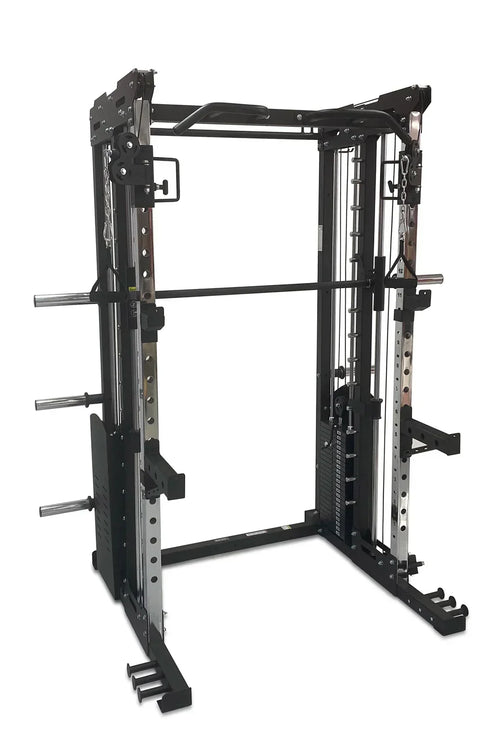
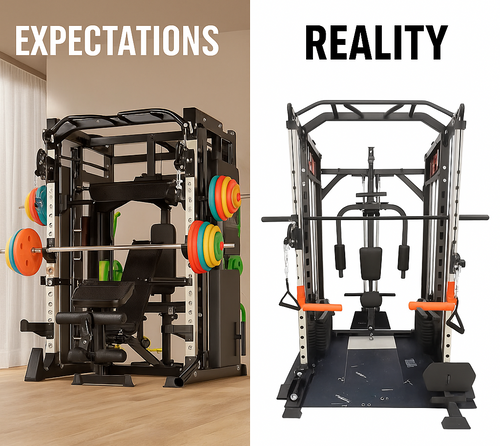
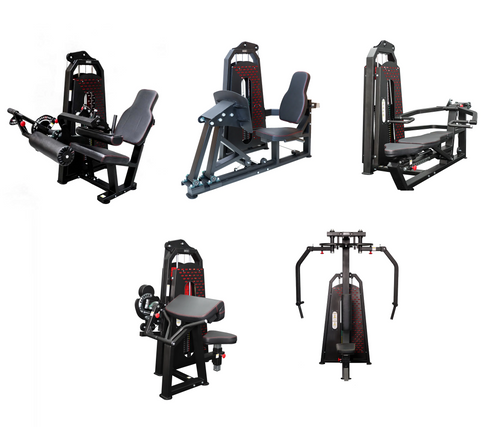
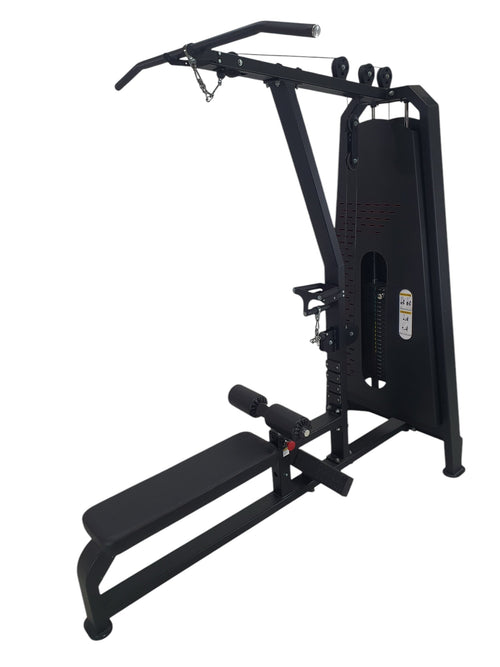
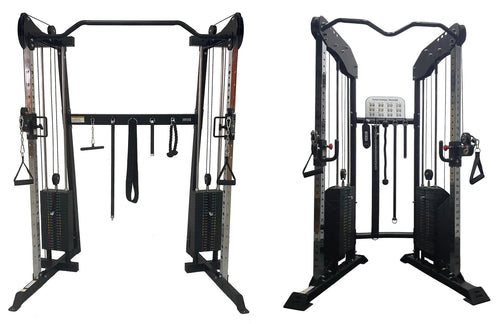
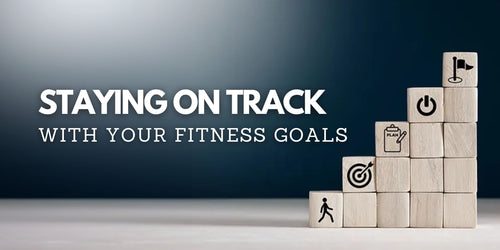
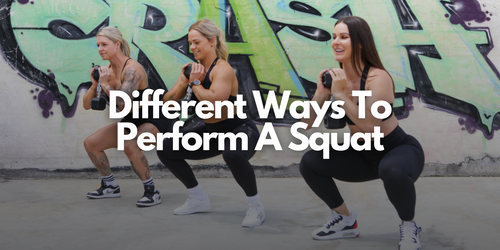

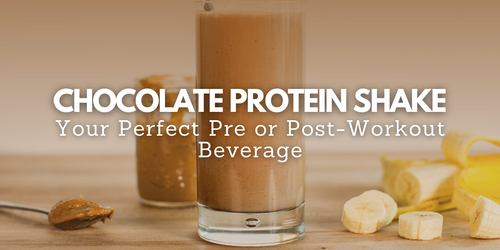
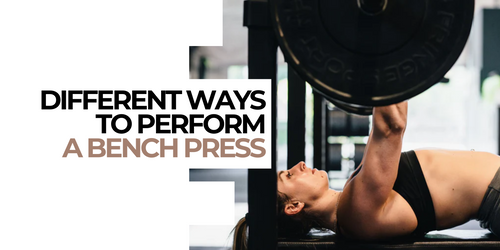
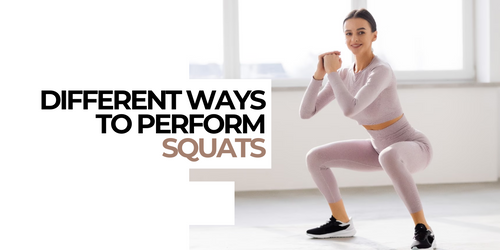

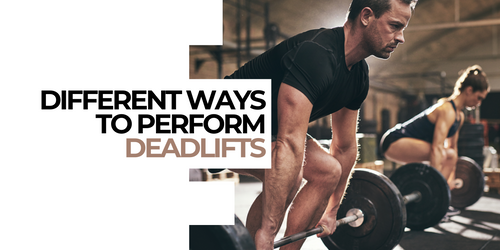

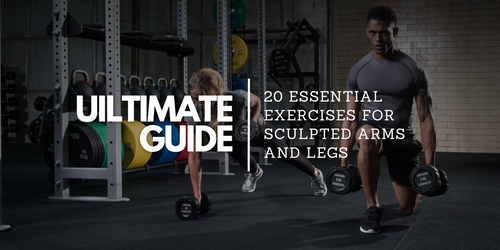

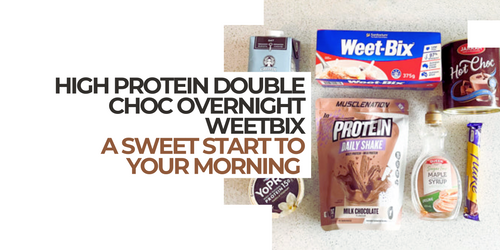
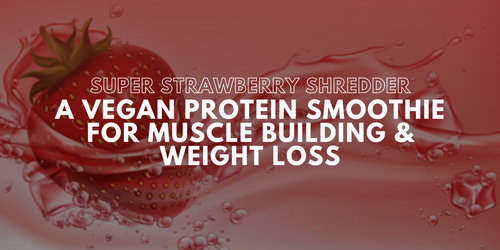

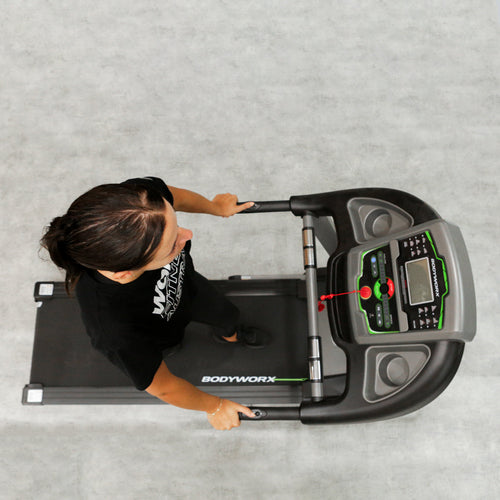
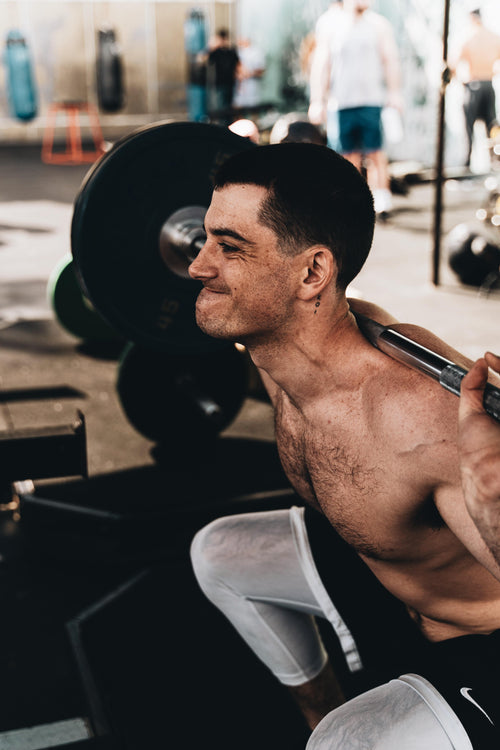

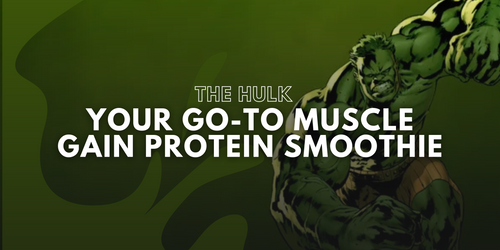
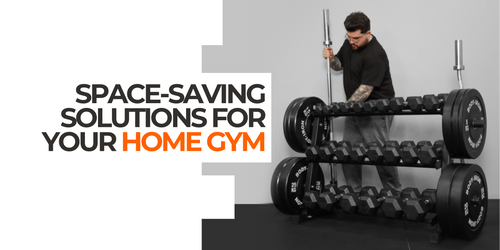
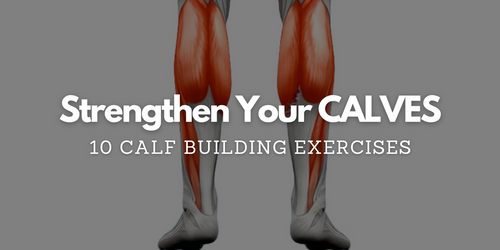
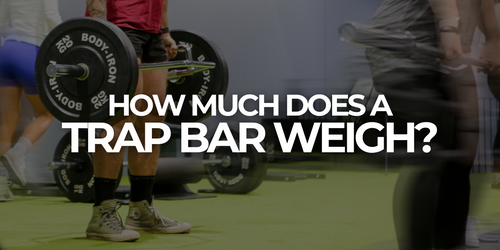
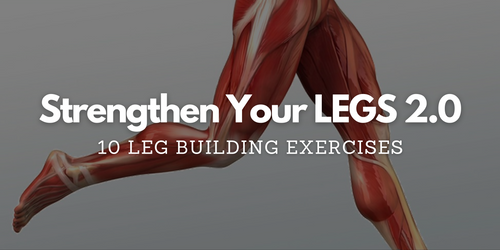
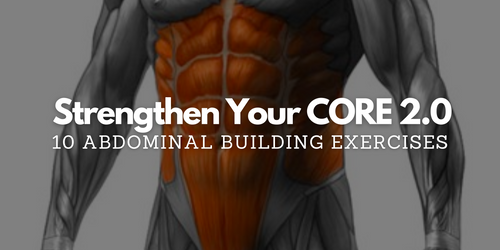

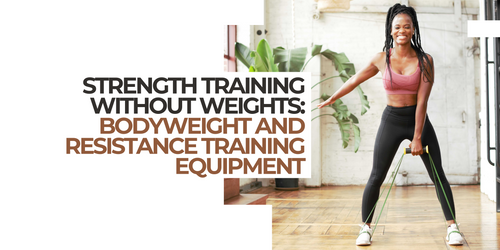
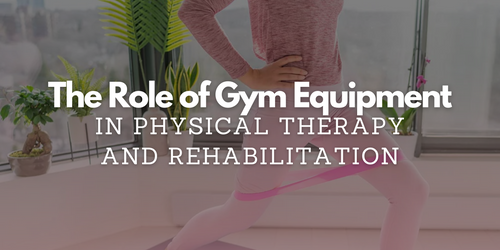
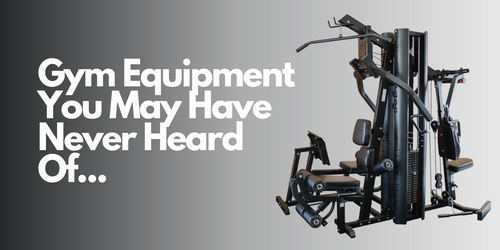
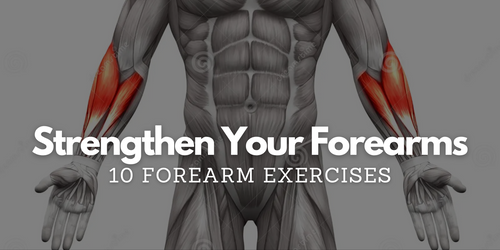
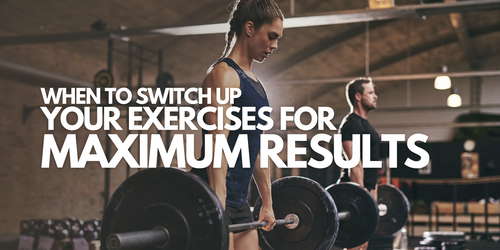
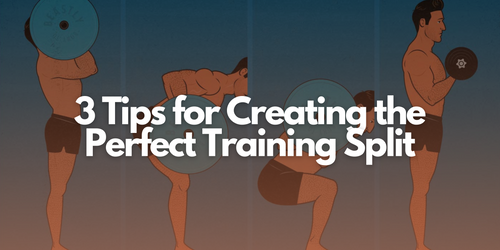

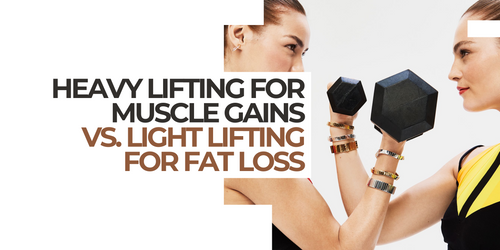
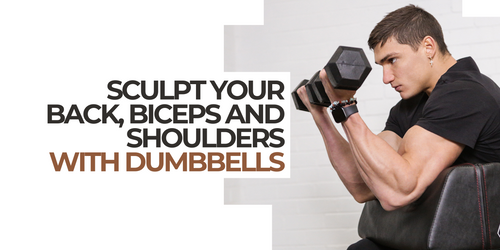

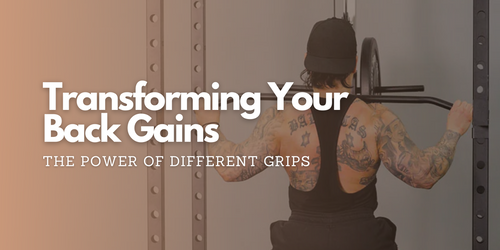
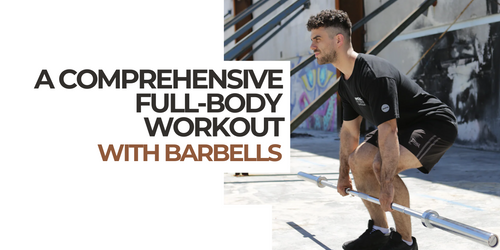
Leave a comment